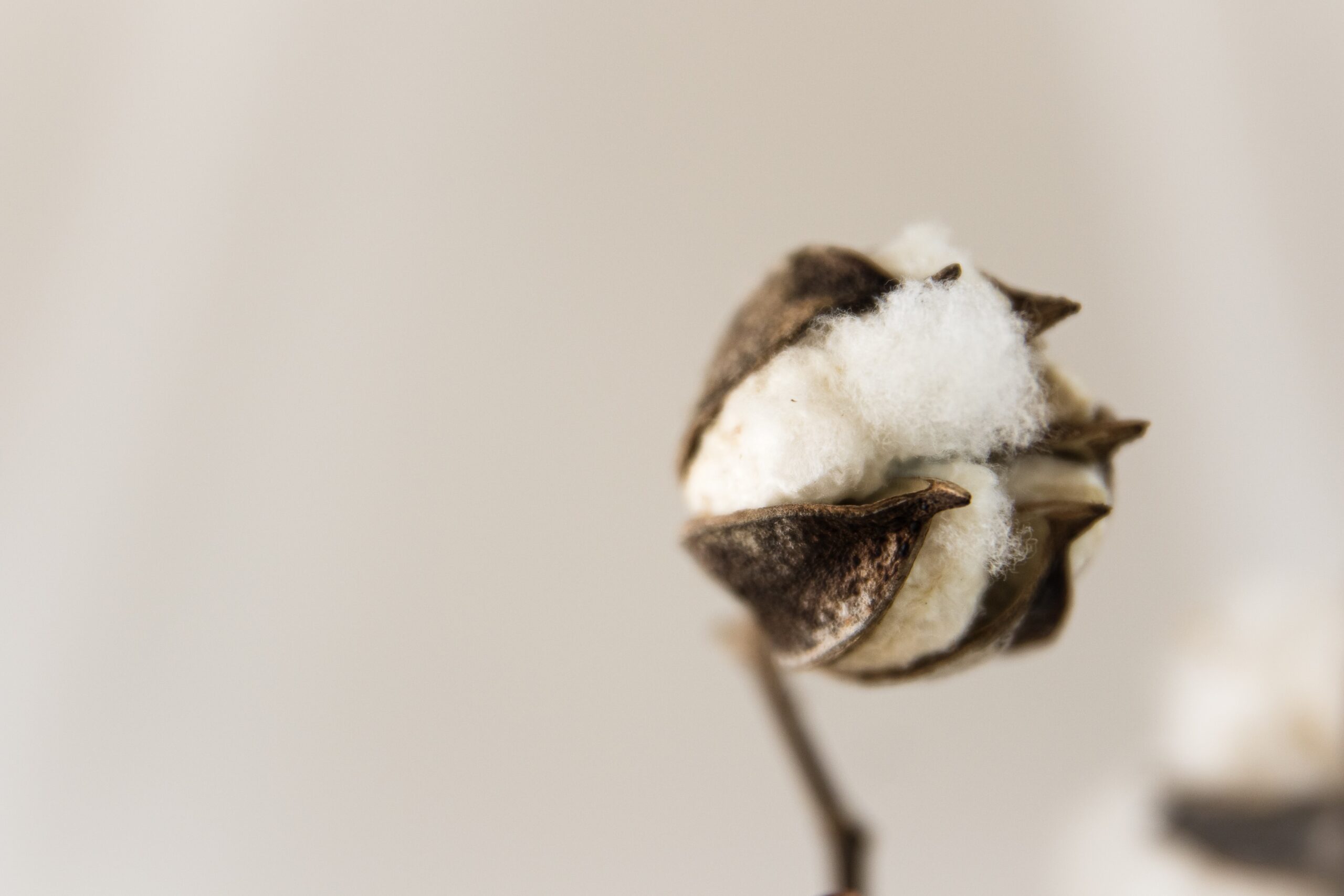Introduction
During boyhood days, when someone beat the Dhol in the month of Sot, the last month of an Assamese calendar heralding spring, grandfather would say, “Don’t beat the Dhol, the Simolu Tula will fly away. Let’s wait till they ripen so that we can collect a good quantity of cotton for pillows and quilts this time.” As whispers the Silk Cotton.
Simolu is an Assamese word that stands for a deciduous tree. The botanical name for the Simolu tree is Bombax ceiba which is native to the Asian tropics while Simolu Tula (also called Komuwa Tula) in this connection, implies the cottony covering of the seeds inside the Simolu fruit. It’s a folk belief in Assam that the silk cotton from the ripe Simolu fruits flies upon hearing the sound of the Dhol, especially in the month of Sot and Bohag. Individually, I too firmly believed that.
Popularly known as the red silk-cotton tree or silk-cotton tree, the Simolu tree is a robust and resilient tree that grows up to 80 feet in tropical environments and soils. The trunk of the red silk-cotton tree is covered by prickles and you need at least a dozen friends to hug a giant Simolu tree. The tree sheds its leaves in winter and wears an utterly leafless look just before the flowers bloom with their breathtaking crimson hues from the end of winter till spring. On the cool and clear January and February mornings, when the leafless Simolu tree blooms with vibrant clusters of bright red flowers on the bank of a river or at the edges of the paddy fields, the tree looks like an invincible warrior standing proudly, wearing ruby-red armour amid a green battlefield.
The Mystery Unfolds
Gradually, the ruby-red petals of Simolu flowers turn into fruits that again turn ripe and dry within a few weeks from March to May. In the heat of the sun, the fruit brings white fibres like cotton. During childhood, we went under the Simolu tree with bags in hand to collect Simolu Tula, the finest silk cotton. Sometimes, I accompanied my uncle and carried a Hakuti, a long bamboo stick with a hook at the top to pool down the Himolu fruits, the ripe fruits of Bombax Ceiba. Putting them into a bag, we kept the bag in Bhoral for about a week. Then we opened up the bag and spread the fruits under the sun. After putting them again into the bag, we beat the bag with a small stick so that the cottony covering of the seed would not fly in the air and eventually, we separated the silky covering from the Simolu seeds.
After spending the first week of Bohag (the first month of an Assamese year heralding spring) at my birthplace on the western fringe of Dibrugarh, a handful of thrilling memories about spring got enlivened my consciousness. No doubt, many familiar scenes of Spring have woefully vanished into thin air. One of the scenes that still exists at my birthplace is the Simolu trees. Delight is to get mesmerised by the beauty of the Simolu tree again after a few years. In a way, I have regained the road on which I used to cycle for about 20 kilometres every day from my home to college. On the way by the river, there were rows of Simolu trees with their eye-catching seasonal beauty. Although the Simolu trees have been rapidly disappearing, I have seen that a few Simolu trees are still standing displaying their royal majesty and lost heritage just on the bank of the Burhidihing and at the rice fields in the west of my home.
An Early Bird
It won’t be an exaggeration if I say that I’m still an irregular early bird. On the second day of Bohag Bihu, I went to the river bank in the early morning and the next few moments were surreal. Like a flock of tiny white birds, the lightweight cotton pieces were coming swiftly with the wind from the other bank. On the sandy beach of the river, as far as the eye could see, it seemed as if a raft of ducklings were running from one side to another incessantly. On the breast of the river as well, countless pieces of soft and lightweight cotton were floating like frozen pearls. In the afternoon, I went to the rice field and found a white carpet of silk cotton under the Simolu trees.
Even though people forget their good values and traditions, Mother Nature doesn’t. Thus, despite all odds, now, spring is already in the air. The price of essential goods has frequently spiked in the market. Owing to several reasons, a few farmers in upper Assam have already given up their traditional methods of farming, which is why the paddy fields have remained uncultivated, and unfortunately, the number of such farmers is getting bigger. Nevertheless, on a blissful spring afternoon, a Bihuwa Deka in my village sings loudly,
“I can neither stay calm at home, o dear
Nor focus on my work in the field
The way the Komuwa Tula flies in the sky
I wanna fly with the wind.”
Our aspiration too springs that the dramatic beauty of the deciduous Simolu tree will positively rejuvenate our souls every spring. If the hues of the ruby-red flowers of Simolu replicate ‘the togetherness of being’, the soft and silky fibres of the Simolu fruits will celebrate the sanctity of the human heart since Mother Nature always talks about being human in reality.
Author: Jintu Hazarika
Asstt Prof., Dept. of English,
B. Borooah College, Guwahati, Assam



